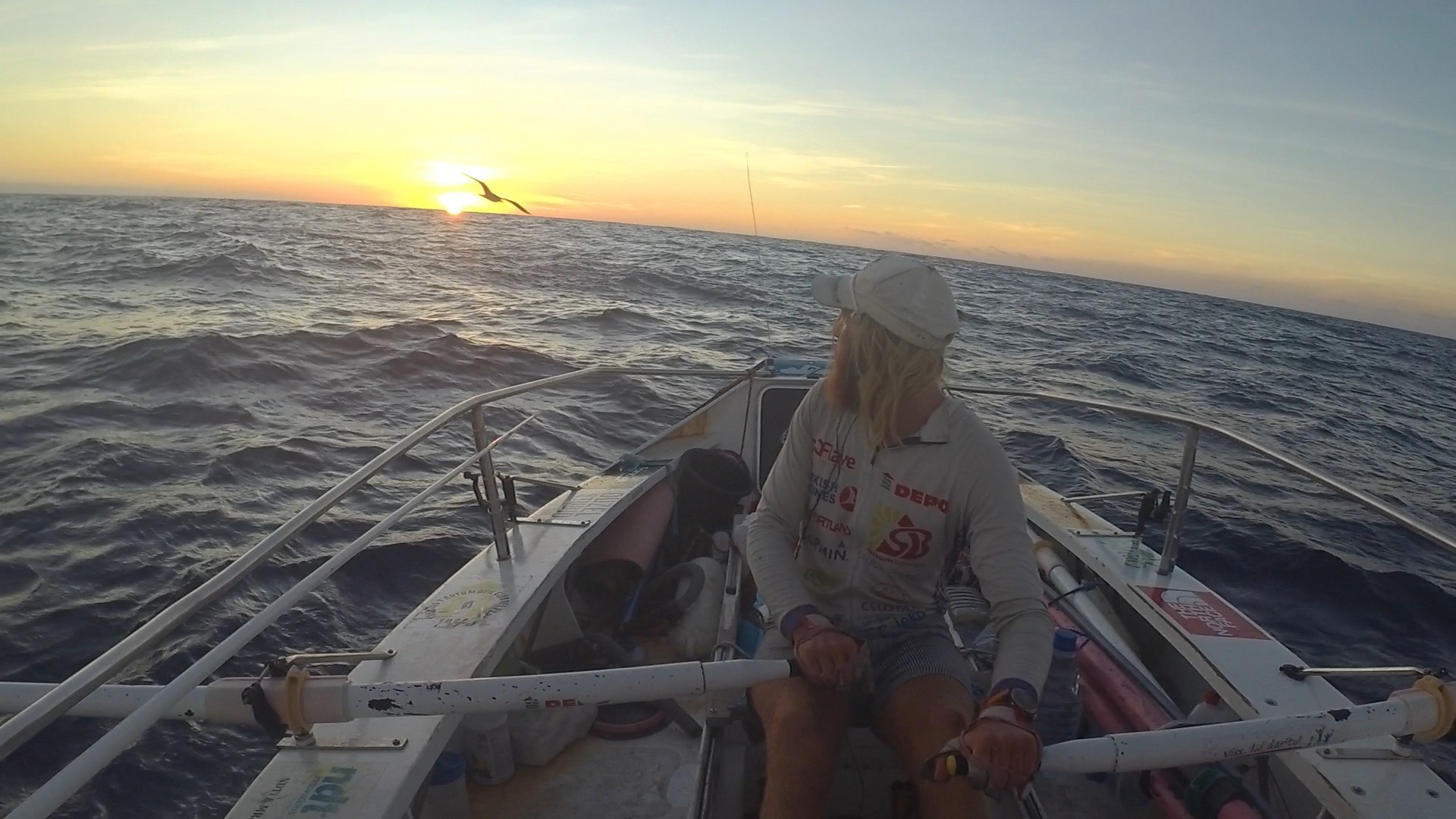Home > Sustainability

Sustainable manufacturing of sportswear
Using Recycled Polyester & Polyamide as well as Bio-Based fabrics in sportswear.
We’re leading the change in sustainable sportswear by expanding our stock fabrics to include innovative bio-based materials alongside our range of recycled fabrics, made of recycled ocean waste and pre- and post consumer plastics.
Our commitment to eco-friendly practices is unwavering. Since 2016, we spearhead numerous brand transformations, guiding them away from conventional materials and towards sustainable alternatives.
At Sportswear of Tomorrow, we boast the most extensive collection of recycled fabrics, ranging from airy mesh to flexible 4-way stretch lycra. Whatever your requirements, we have the perfect eco-conscious fabric solution for you.
And here’s the best part: transitioning to recycled fabrics doesn’t mean compromising on quality or breaking the bank. There are no additional costs compared to traditional polyester and polyamide, making the switch a no-brainer. We’re dedicated to urging brands across cycling, triathlon, running, active, and swim/beachwear sectors to embrace recycled fabrics.
Together, we’re paving the way towards a greener, more sustainable future.
Recycled PES in Sportswear
Sportswear of Tomorrow collaborates with numerous forward-thinking brands worldwide, all dedicated to tackling the mounting issue of plastic pollution.
It’s an urgent matter; plastic products can linger in landfills for up to 1,000 years. Even everyday items like plastic bags and bottles can take centuries to decompose.
Take, f.e. FLAVE (www.flave.eu), a pioneering swim and beachwear brand committed to sustainability. Their entire range is crafted from recycled yarns, a testament to their environmental ethos. Partnering with holiday resorts globally, FLAVE outfits staff in recycled rashguards, offering UPF50+ protection against the intense sun, such as that in the Maldives. To amplify their message, FLAVE joined forces with Bored of Borders. Karlis, their representative, circumnavigated the globe using solely human power—no sails, no engines—a remarkable feat indeed. For further inspiration, visit their Facebook Page, ‘Bored of Borders.’
Which bases are already being used to make bio-based fabrics from?
Here are some examples:
BANANA-LEAFS
COFFEE-GROUNDS
TURF
ALGAE
BIOTURF
CO2TEX
BIOBASE
FUNGALFIBERS
BIOCOAT
DEGRATEX
We’re leading the change in sustainable fashion by expanding our range to include innovative bio-based materials alongside our signature recycled ocean waste and plastic bottle fabrics. Our commitment to eco-friendly practices is unwavering. For over 8 years, we spen process, the paper and the fabric are heated to approximately 200 degrees. During this process, the inks are transferred to the fabric. The paper which is left, goes to the recycling plant. As such, sublimation itself is not an environment unfriendly technology.
ECO-inks? Is sublimation healthy for the environment?
We often get the question if the printing technology we use (Digital Printing / Sublimation Printing) is ECO-friendly.
Fact is – during the sublimation process, the paper and the fabric are heated to approximately 200 degrees. During this process, the inks are transferred to the fabric. The paper which is left, goes to the recycling plant. As such, sublimation itself is not an environment unfriendly technology.


